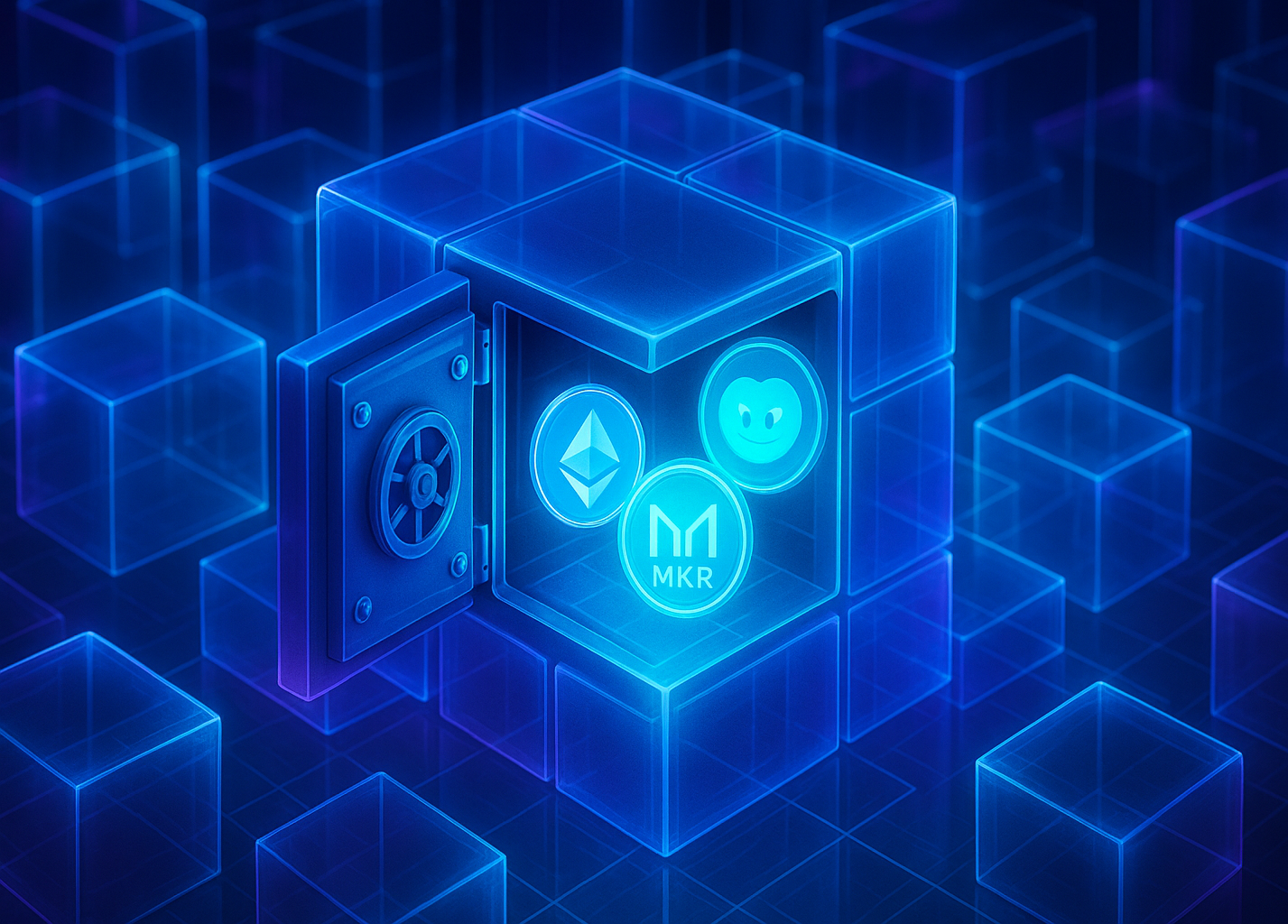
Blockchain Isn’t a Bank - It’s a Vault for the Things You Value
At Devconnect in Buenos Aires, Vitalik Buterin offered a surprisingly elegant way to describe Ethereum’s L1. He called it a network securing hundreds of billions in value.
I really liked that wording. Many crypto enthusiasts tend to think of blockchains as a place to store money. As if, when someone asks “Where do you store your money?”, the possible answers could be:
- in a safe at home,
- buried in the woods,
- in a bank,
- in a blockchain.
But that view completely distorts what's actually happening. When you buy any cryptocurrency with money, you're no longer storing your money. You're giving it up - handing it to the person who sold you the asset. It becomes their money, and where they keep it is their problem now.
What you get in return isn’t money at all, but a digital asset you personally consider valuable. Whatever it is - ETH, MKR, or maybe even PEPE - the blockchain helps you safeguard that asset, not your money.
What’s interesting is that we’re the ones who can turn the things we value into real money - voluntary money that no one is forced to accept. If:
- someone considers ETH valuable,
- and they're willing to do something for you in exchange for ETH,
- while you don't value ETH but value PEPE or any other crypto you hold,
- then no one should be forced to pay or accept payment in assets they don't care about.
That’s exactly where rabbit.io becomes useful:
- you send the crypto you hold,
- and the recipient receives the crypto they value.













